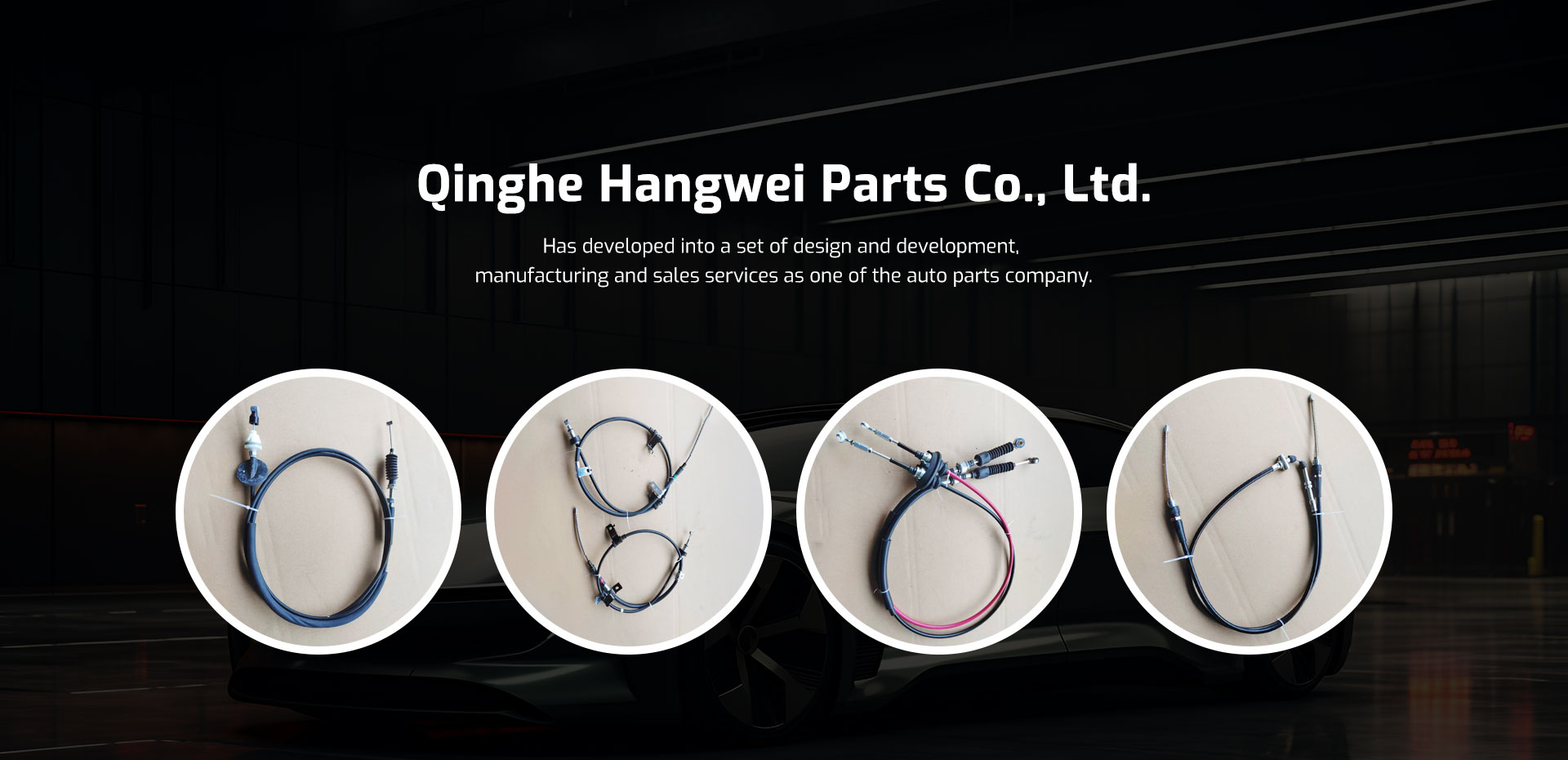Understanding the Importance of Shifter Selector Cable in Vehicle Performance and Functionality
Understanding the Shifter Selector Cable A Key Component of Vehicle Transmission Systems
The shifter selector cable plays a crucial role in the functionality of modern automotive transmission systems. It acts as the vital link between the gear shifter inside the vehicle and the transmission mechanism, facilitating the seamless transfer of control signals that dictate which gear the vehicle should operate in. Despite its importance, the shifter selector cable often goes unnoticed until an issue arises, leading to complications in shifting gears. This article delves into the workings of the shifter selector cable, common problems associated with it, and maintenance tips to ensure its longevity.
What is a Shifter Selector Cable?
The shifter selector cable, also known as the gear shift cable, is a flexible cable that connects the gear shifter in the driver's compartment to the transmission. When a driver moves the gear shifter, the cable transmits that motion to the transmission, allowing for the engagement or disengagement of different gears. This component is especially prevalent in vehicles with automatic transmissions, where precision and responsiveness in shifting are critical for optimal performance.
How Does It Work?
When the driver selects a gear, the gear shifter moves a lever that pulls on the shifter selector cable. This action causes the cable to slide and move the linkage connected to the transmission. In automatic vehicles, the transmission control module (TCM) interprets these signals to adjust the shifting process based on the vehicle's speed, load, and engine RPM. This allows for smooth transitions between gears, enhancing both performance and fuel efficiency.
Common Problems with Shifter Selector Cables
Over time, shifter selector cables can experience wear and tear due to constant use and exposure to environmental factors. One of the most common issues is cable stretching, which can result in delayed or incomplete gear shifts. If the cable becomes frayed or damaged, it may break entirely, leaving the driver unable to change gears. Additionally, corrosion can occur at connection points, further complicating the functioning of the cable.
Signs of a failing shifter selector cable may include difficulty in changing gears, a loose or unresponsive shifter, or odd noises emanating from the transmission area. If you notice any of these symptoms, it is essential to have the cable inspected and possibly replaced by a qualified mechanic.
shifter selector cable

Maintenance Tips
To ensure the longevity of your shifter selector cable, regular maintenance and checks are crucial. Here are some tips to keep in mind
1. Routine Inspections Have the cable examined during regular vehicle check-ups, especially if you own an older model or if you frequently drive in severe conditions.
2. Lubrication Ensure that the cable and its connection points are adequately lubricated to prevent corrosion and wear. This can help reduce friction and prolong the lifespan of the cable.
3. Protect against Damage Avoid placing heavy objects on the gear shifter that could strain the cable. Additionally, be cautious of road debris that could impact the cable housing.
4. Prompt Repairs If you suspect any issues, address them immediately to prevent further damage to the transmission and related components.
Conclusion
The shifter selector cable is a vital component that directly affects a vehicle's performance and drivability. Understanding its function, recognizing potential issues, and conducting regular maintenance can help ensure a smooth driving experience. By paying attention to this often-overlooked part, drivers can avoid complications that may arise from a faulty shifter selector cable and maintain their vehicles in optimal condition.
-
Upgrade Your Vehicle with High-Quality Handbrake CablesNewsNov.01,2024
-
Optimize Your Bike's Performance with Quality CablesNewsNov.01,2024
-
Enhance Your Vehicle's Performance with Quality Clutch ComponentsNewsNov.01,2024
-
Elevate Your Vehicle's Performance with Quality Throttle CablesNewsNov.01,2024
-
Elevate Your Vehicle's Performance with Quality CablesNewsNov.01,2024
-
Affordable Solutions for Your Cable NeedsNewsNov.01,2024
